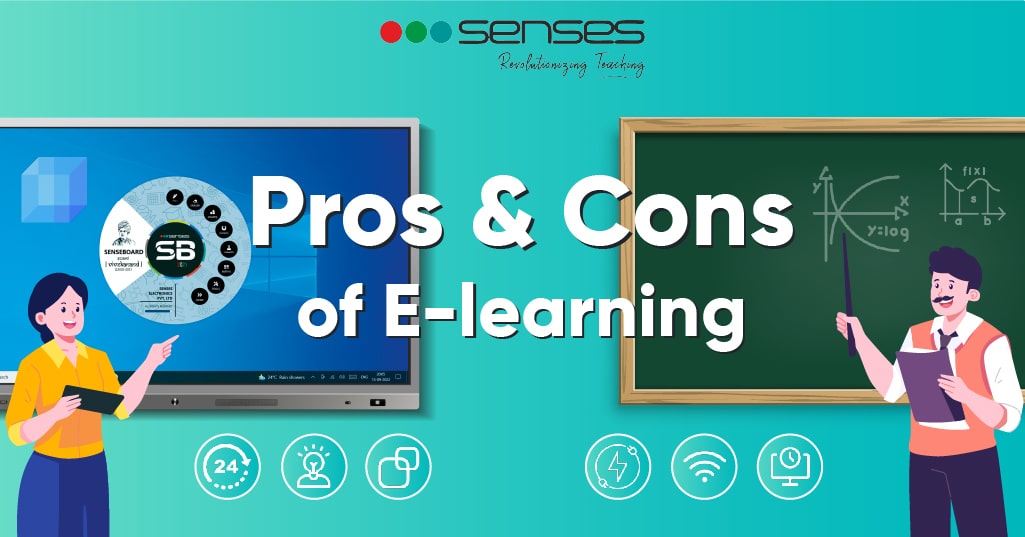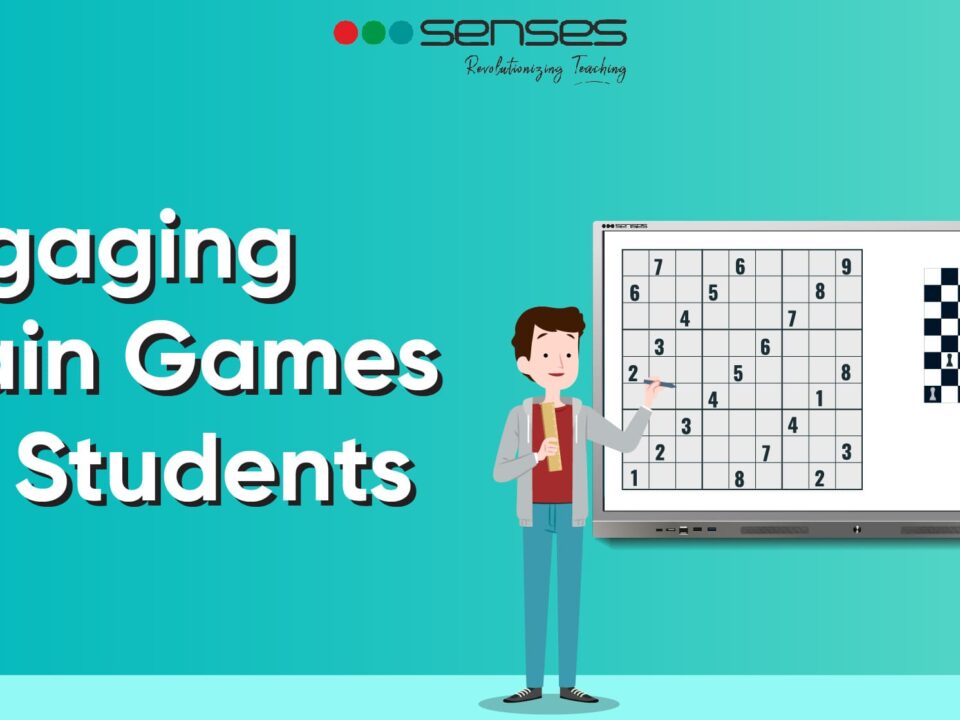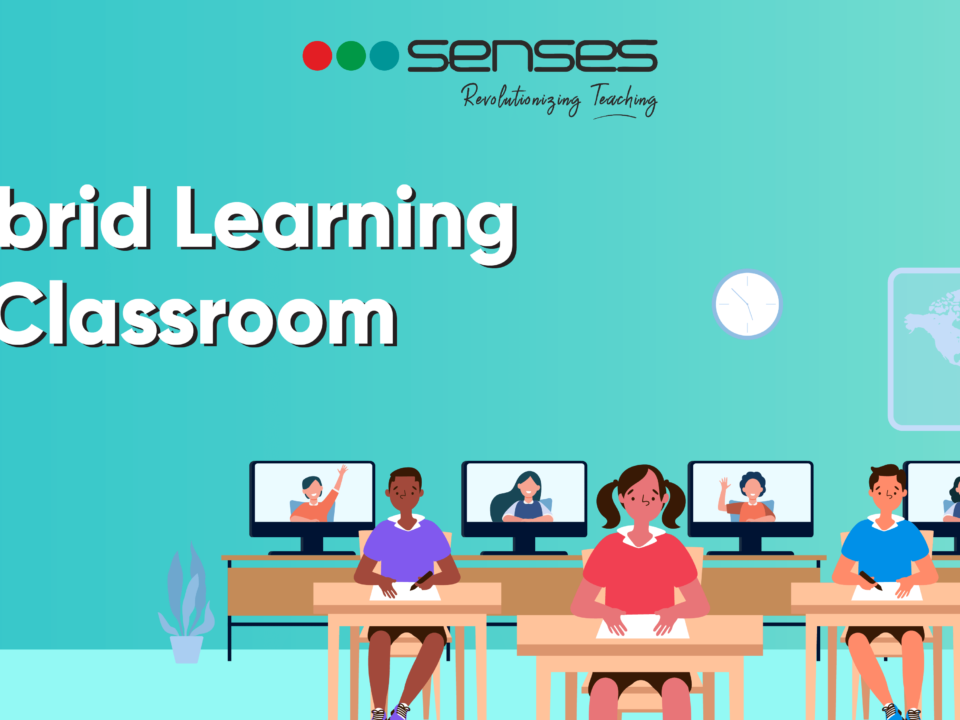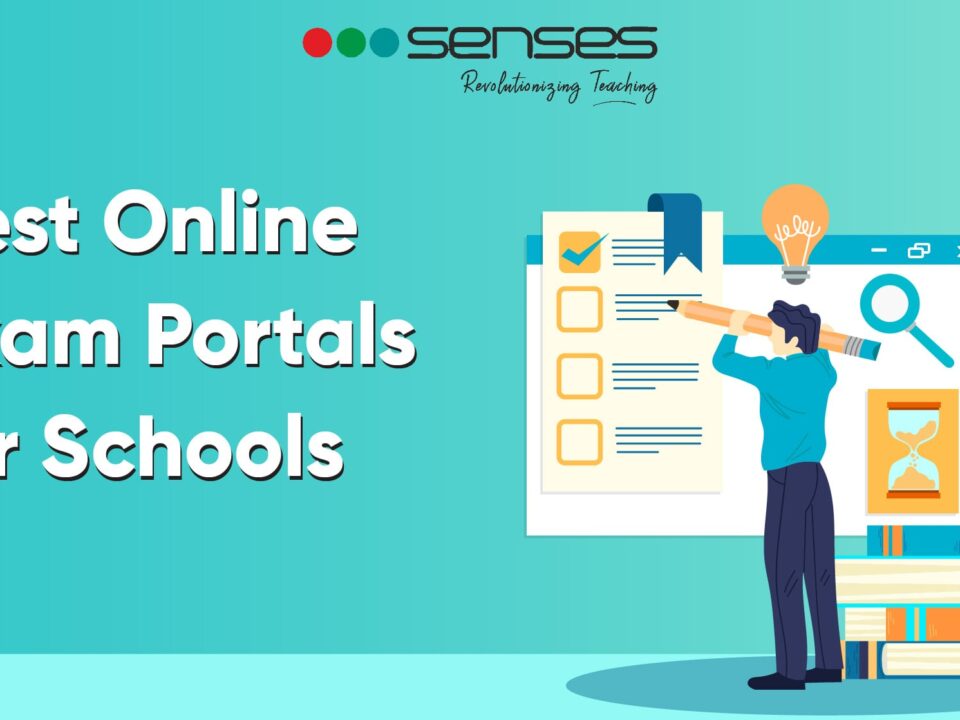Pros and Cons of E-Learning in 2024

E-learning is rapidly increasing after the covid19. Students and teachers are highly preferring it to learn and teach. But like other, numerous innovations and adaptations, e-learning also includes some pros and cons.
In this blog, we discussed some significant pros and cons of e-learning in 2024. We’ve also covered how to bridge the gap between pros and cons. But before that, let’s understand what e-learning is.
What is e-learning?
E-learning refers to the learning provided by teachers through the internet. The geographical boundaries for teachers and students do not bind e-learning. Experts from across the globe can create learning materials and share them with students. Students can leverage e-learning from sitting in any corner.
In India, various platforms like Byju’s, Unacademy, Drishti IAS, Textbook, etc, provide e-learning with the help of teachers, technical equipment and the internet. These platforms recruit the teacher and provide them with online teaching equipment to create a virtual classroom for learners who have taken the course/subscription.
Apart from these, on platforms like Udemy, SkillShare, Upgrade, and Coursera, independent teachers can create and upload courses to provide e-learning to students. Moreover, numerous subject matter experts and teachers use the widely used platform YouTube to provide e-learning classes. However, e-learning has some benefits along with some limitations.
These e-learning advantages and disadvantages create a significant impact on the education system.
What are Elearning Pros?
#1. Flexible teaching & learning
With e-learning, teachers and students are not bound by time; teachers can create educational material at any time and upload it online with the internet, and students can access it anytime from anywhere to learn from it. However, if the teacher conducts online classes live, the teacher needs to fix a time and date to communicate with learners and get the maximum number of students in a live e-learning class.
#2. Teaching to masses & learning through experts
E-learning allows students to learn concepts, lessons, or subjects from experts in the field. It will enable teachers to provide e-learning classes to a mass audience. Teachers with an e-learning system do not bind with 40-50 students in the classroom. They can upload the e-learning material on the internet and help an endless number of learners learn the course or lessons.
#3. Manage teaching & learning with other work
Working professionals and individuals with other major responsibilities can nourish their passion for learning and teaching with e-learning. The system’s flexibility allows you to learn and teach anytime from anywhere. The learning enables you to be active and independent instructors and learners.
However, e-learning has challenges such as compulsory internet connection, electronic devices, etc.
What are Elearning Cons
#1. Dependency on the Internet, Technology and Electricity
The major disadvantage of e-learning is the compulsory internet, electricity and technology requirements. e-learning makes you dependent. No matter whether you’re leveraging the system for learning and teaching. Minor technical glitches in unstable networks become obstacles for learners and instructors.
#2. A compulsion for engaging content
For e-learning, the educational content must be engaging. Otherwise, it’ll take a lot of effort to continue learning. Hence, teachers/instructors might feel pressured to make the study material engaging.
#3. Increased Screen time
E-learning requires you to spend time with your electronic devices. Students spend time on screen searching for quality e-educators and learning from them. Teachers/ instructors devote time on screen to know what students want to learn, how their learning class performs, quality checks, etc, increasing their screen time.
#4. Limited Practical Knowledge Transfer
In an e-learning environment, only conceptual knowledge gets transferred between learners and educators. In a virtual classroom environment, it becomes difficult to gain practical knowledge.
#5. No face-to-face interaction
Another disadvantage of e-learning is that it reduces the face-to-face interaction between teachers and students and students and students. This kind of learning environment can develop the nature of isolation in learners and educators.
But because of these disadvantages, we can’t completely get a side-line from e-learning. Instead, we are required to bridge the gap between. Senses Electronics helps e-learners and online educators enhance students’ and teachers’ e-learning and teaching experience.
Senses to enhance the e-learning & teaching experience
Senses Electronics provides an intelligent interactive panel, the advanced option for black and white boards for educators. The panel operates on Windows and Android and works similarly to a desktop. It helps you create virtual education materials that promote two-way communication and engaging, experimental and collaborative learning even for a virtual and online class.
The intelligence board offers numerous features to enhance your students’ teaching and learning experience.
Senses intelligent interactive panel for schools – 2022 Demo
How Sense Board can help
- While creating e-learning content with the Sense board, you can include numerous audio-visual content in the course. You can use images, videos, and authentic sites and flexibly annotate them to help virtual learners understand the concepts and lessons.
- You can also include such content in your educational course encouraging practical knowledge. You can use virtual simulations and experiments to help. With the board, you can refer to such sites as Phet simulations, my physics lab, web flow, etc., and use the built-in icons and tools of the board for practical teaching in a virtual class.
- The intelligence panel uses a DLED and 0-radiation display, allowing you to use the interactive panel for longer. You can also suggest your students use electronic devices safely.
- By using PPTs, PDFs, Simulations, games, assessments, text, video, audio, and images, all on a single platform, you can create engaging content for students without any hassle.
- The board also allows you to create your watermark for the e-learning classes.
- With a Sense board, you can also create content for teaching without even an Internet connection, safeguarding you from the compulsory need for the internet. However, you can only perform activities like browsing the board or using other online platforms with an internet connection.
Including smart boards as your electronic gadget for providing e-learning courses helps you create a value-added course for your learners.
Want to learn more about how Senses’ interactive Panel can help you? Schedule a personalised demo for smart boards.



